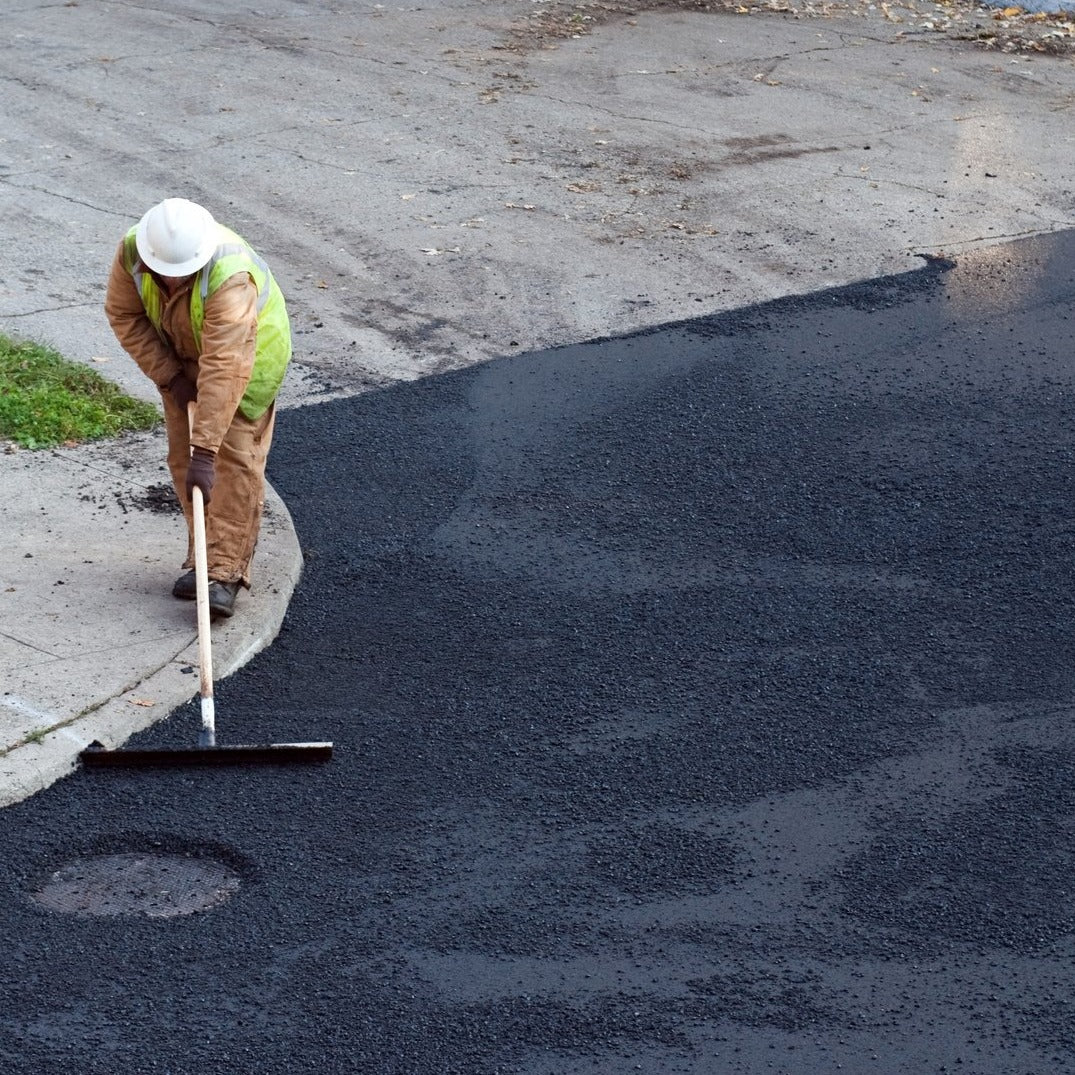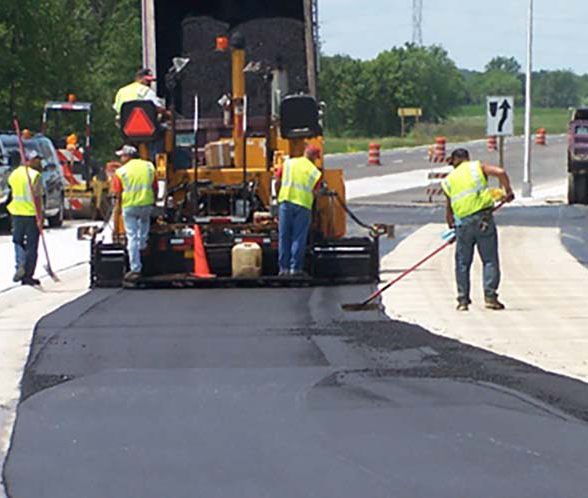Hot Mix Asphalt Paving: Redefining Industrial Home Landscapes
Hot Mix Asphalt Paving: Redefining Industrial Home Landscapes
Blog Article
Opening the Keys of Warm Mix Asphalt Modern Technology
Exploring the depths of warm mix asphalt technology uncovers a world where precise processes and accurate formulations converge to shape our roadways and framework. The blend of fillers, binders, and aggregates isn't merely a construction job yet a calculated orchestration of toughness and effectiveness. As we peer into the elaborate dance of parts, a tapestry of strength and sustainability unravels. What exists underneath this surface of asphaltic mastery, and what keys wait to be revealed in the realm of leading developments?
Importance of Warm Mix Asphalt
Hot Mix Asphalt plays a vital duty in modern-day framework development due to its resilience and cost-effectiveness. As the most typically utilized paving material for roads, highways, and vehicle parking great deals, Warm Mix Asphalt uses a variety of advantages that contribute to its relevance in construction projects.
The durability of Warm Mix Asphalt stems from its composition, which consists of accumulations, binder, and filler materials that are meticulously chosen and blended to satisfy specific efficiency demands. In general, the relevance of Hot Mix Asphalt in infrastructure advancement can not be downplayed, as it continues to be a foundation of modern building practices.
Elements of Asphalt Mixes
The composition of asphalt blends contains very carefully selected accumulations, binder, and filler products that are important for achieving certain efficiency requirements. Accumulations are the primary element of asphalt blends, offering toughness and stability. These aggregates can be all-natural, such as crushed rock or crushed rock, or artificial, like recycled materials from old pavements. The binder, commonly bitumen or asphalt concrete, holds the accumulations together and offers adaptability and resilience to the mix. The choice of the binder is crucial as it directly affects the mix's efficiency in various weather conditions. Fillers, such as moisturized lime or Rose city concrete, are used to enhance the mix's workability and aging resistance. Angled Parking.
The combination and proportion of these components play a considerable function in identifying the high quality and performance of the asphalt mix. Engineers thoroughly create the mix to satisfy certain demands, thinking about aspects like web traffic volume, climate conditions, and sidewalk life-span. Correct choice and balancing of aggregates, binder, and fillers are important for creating durable, long-lasting asphalt pavements.
Mixing and Manufacturing Strategies

When the accumulations are chosen, the binder, commonly asphalt concrete, is contributed to bind the products together. The binder's high quality and quantity considerably affect the mix's resistance, adaptability, and stamina to environmental elements. Additionally, fillers like moisturized lime or Rose city concrete may be incorporated to boost details qualities of the asphalt read this article mix, such as its workability or dampness resistance.
Throughout production, the aggregates and binder are warmed, commonly in between 250-325 ° F(121-163 ° C ), to help with mixing and make certain correct finishing of the aggregates. The blending procedure should be thorough to attain an uniform mix that advertises the preferred performance features of the asphalt. Different recommended you read techniques, such as set mixing or drum blending, are utilized to achieve top quality and regular asphalt mixes for construction jobs.
Factors Influencing Asphalt Performance
Aspects affecting asphalt performance encompass a variety of variables that influence the resilience, durability, and total quality of asphalt pavements. One crucial variable is the top quality of materials used in the asphalt mix.

Ecological conditions additionally influence asphalt efficiency. Temperature level variants, dampness seepage, and web traffic tons can all impact the structural stability resource of the pavement. Layout factors to consider, such as sidewalk density and water drainage, are essential in ensuring the lasting efficiency of the asphalt pavement. By thoroughly taking into consideration these elements, designers and contractors can maximize asphalt performance and enhance the life span of pavements.
Sustainable Practices in Asphalt Innovation

In addition, the advancement of warm-mix asphalt (WMA) innovations has gained grip in current years. WMA enables the production and positioning of asphalt mixes at lower temperature levels contrasted to conventional hot-mix asphalt, resulting in lowered power consumption and greenhouse gas exhausts. In addition, making use of porous asphalt blends can assist reduce stormwater drainage problems by allowing water to penetrate with the pavement and right into the ground, promoting all-natural water filtering and recharge procedures. By applying these sustainable techniques, the asphalt market can add to developing an extra ecologically pleasant and resilient infrastructure network.
Final Thought
Finally, warm mix asphalt modern technology plays an important function in contemporary framework growth as a result of its resilience and cost-effectiveness. By thoroughly balancing elements, utilizing appropriate blending methods, and thinking about different aspects, designers can produce premium asphalt blends that stand up to rush hour tons and severe weather. Embracing lasting techniques, such as making use of recycled products and warm-mix innovations, further enhances the ecological kindness of asphalt innovation.
Mixing and manufacturing strategies in hot mix asphalt technology entail the specific combination and processing of accumulations, binder, and fillers to produce a high-performance and durable asphalt mix.Variables affecting asphalt performance encompass an array of variables that affect the resilience, long life, and general quality of asphalt sidewalks. Sustainable practices in asphalt modern technology include numerous efforts aimed at lowering the environmental influence of asphalt production and paving processes. By integrating redeemed asphalt sidewalk (RAP) and recycled asphalt roof shingles (RAS) into brand-new asphalt mixes, the sector can considerably reduce the usage of raw materials and energy, while additionally reducing land fill waste.
WMA enables for the manufacturing and placement of asphalt blends at lower temperatures contrasted to conventional hot-mix asphalt, resulting in lowered energy intake and greenhouse gas emissions.
Report this page